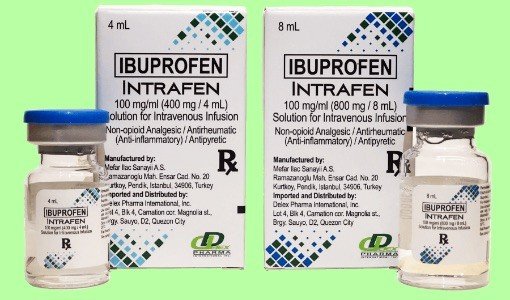
CHATROOM
UPDATES ON COVID-19 INFECTION CONTROL
Speaker: Dr. Regina P. Berba
-Chair, Hospital Infection Control Unit (HICU)
-Chief, Division of Adult Medicine, Department of Medicine Philippine General Hospital
-Associate Professor, College of Medicine
-University of the Philippines - Manila
In December 2019, beta-coronavirus (SARS-COV-2) was initially detected in Wuhan China, which shows flu-like illness and respiratory distress. Following the identification of the infectious disease, the World Health Organization (WHO) declared an epidemic in February 2020. Worst, it created global panic when the WHO announced the contagious disease as a pandemic on March 11 of this year. With its tremendous effect, the Philippine government imposed a general community quarantine on March 12.
Succeeding the rapid spread of the virus in the country, the health workers swiftly turned into learning strategic response and action plans for the next phase in containing the disease. Professionals in the healthcare industry are burdensome in addressing such health predicament. However, they have been tenacious in battling to manage and treat the infected individuals.
As part of fostering COVID-19 awareness among the healthcare providers, we initiated a webinar in collaboration with Dr. Regina Berba! She has willingly imparted her knowledge of the timely and relevant updates on COVID-19 infection control.
In the virtual convention, Dr. Berba has demonstrated the Human-to-human transmission, which is believed to occur mainly by respiratory droplets. With the droplet transmission, an infected person coughs, sneezes, or talks can contaminate another individual due to the virus released in the respiratory secretions. In addition, an infection can also occur if a person touches an infected surface and reaches his or her eyes, nose, or mouth with unwashed hands. Experts say that droplets typically do not travel more than six feet (about two meters) and do not linger in the air. Thus, observing preventive measures such as wearing face masks and social distancing is ideal for avoiding the communicable virus. Dr. Berba has also brought up the significance of practicing cough etiquette as part of containing the transmittable illness.
Recently, airborne transmission has been seemingly discovered that cause the spread of the viral infection. A study from Doremalen NEJM 2020 shows that SARS-CoV-2 grown in tissue culture remained viable in experimentally generated aerosols for at least 3 hours. Research conducted in China (Ong JAMA 2020, Guo EID 2020, Liu Nature 2020) has also identified viral RNA by RT-PCR in air samples of hospital rooms of COVID-19 patients, but there are no cultures for the viable virus. From the perspective of WHO, airborne transmission does not occur or happen for long distances. The organization has affirmed that airborne precautions are universally recommended when aerosol-generating procedures are performed.
Dr. Berba has also pointed out essential protocols in surgical response and intercollegiate general surgery guidance on COVID-19.
Click on the video above to know to gain more insights about this topic!



